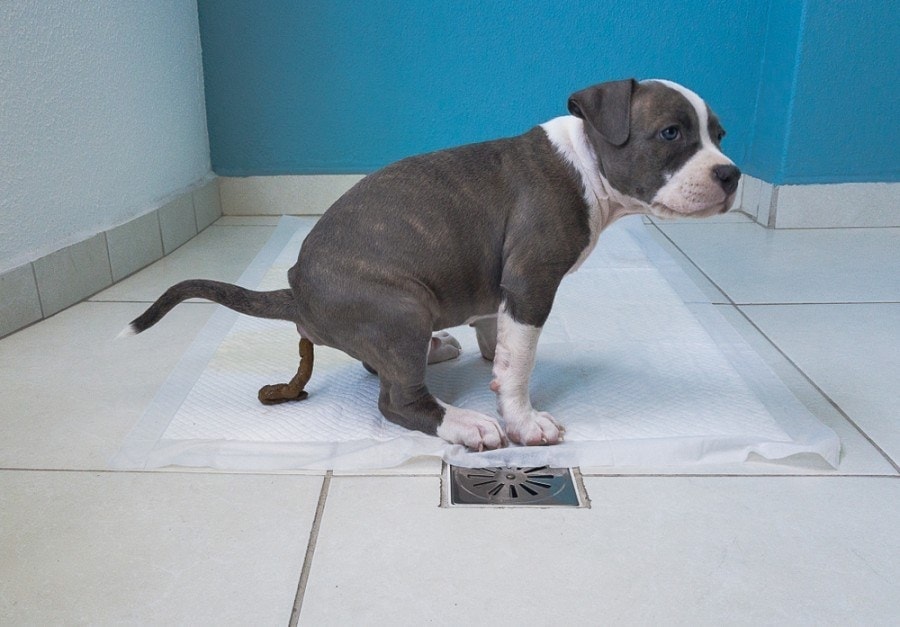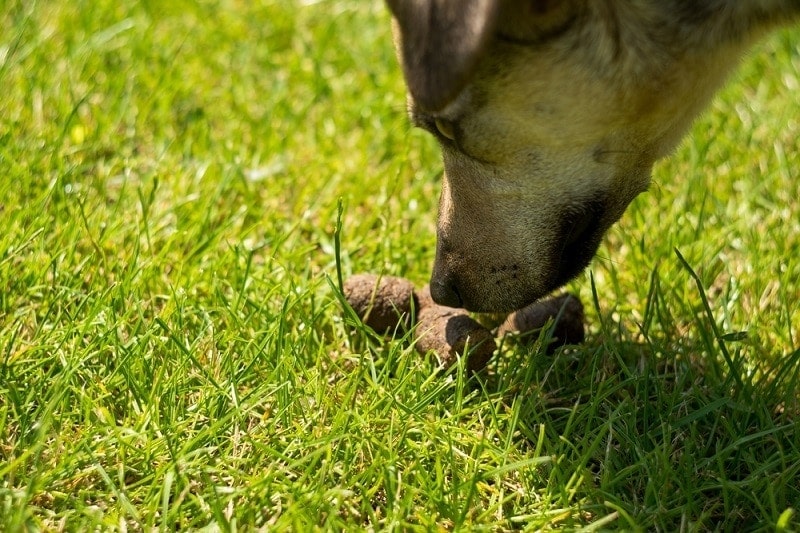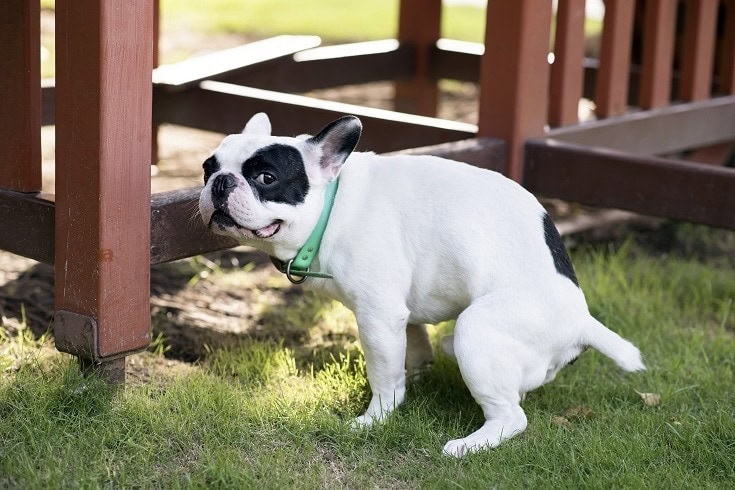What Should Puppy Poop Look Like?
Puppy poop tells a lot as it is the direct result of the things they ingest. As a new and young puppy parent, you probably are more familiar with your pup’s mess; after all, you must be cleaning a lot of it every day.
If you are well-attuned to the poop’s appearance, you may be able to see poop that just looks wrong sometimes. But for you to notice that something’s not right means that you must be checking for something, right?
Well, when evaluating your pup’s poop, here are some of the things you should watch out for.
A healthy puppy stool should range from medium to a chocolate-brown color. Any color besides brown should be alarming.
A dog’s normal digestion involves the gall bladder releasing bile juice to help break down the food. The bile juice has a pigment known as bilirubin that causes abnormal poop color, which could be due to diet, hydration, or dyes in your pet’s food.

Some of the alarming color patterns include:
Usually, vets use a numerical system from 1-7 to assign scores to a puppy’s stool. A score of 1 indicates hard pellets, while 7 is a puddle. An ideal puppy stool score is 2-a firm, not soft or hard, and a segmented piece that often appears caterpillar-shaped.

Unfortunately, puppies are curious, and just like infant humans, there’s no telling what they may swallow as they explore their surroundings.
However, there’s only one way to get the inside of a poop-dissecting it. Normal stool shouldn’t look otherwise on the inside, but here are some peculiar contents you may find:

Usually, greasy poop isn’t a major health concern. It may mean that your puppy has been consuming too much fat. It may be from their dog food formula or because they got into your trash can and ate some greasy leftovers.
If your dog has worms, you’ll notice it. They’re white and stand out against the brown color of the stool. In many cases, they’ll be wriggling around and even make their way out of the poop. When worms are present in the poop, it means that there’s still some inside your pup.
While dog poop isn’t the sole indicator of your puppy’s health, it’s one of the few things you can see every day. The appearance of your canine companion’s poop can vary from day to day.
There are a number of different species of worms that make your dog’s intestines their home, but only two can be seen in poop. Roundworms are the most common and look like thin smooth tubes.
Mucus is another story. Typically, mucus is generated within the intestinal tract because of irritation. When your dog consumes something their body doesn’t agree with, the intestines may swell up and produce mucus to protect the absorption cells.
Under normal circumstances, dog stool is a chocolate-brown color. During normal digestion, the gallbladder releases bile to aid in the breakdown of food. Bilirubin is a pigment in bile that affects stool color. The stool may have some minor deviations in color due to diet, hydration, or dyes, but you shouldn’t see substantial changes. Abnormal color patterns that should catch your eye include:
Poop should not have a coating or a film over it. If you’re picking up your pet’s stool off the grass, there shouldn’t be any sort of trail left behind. A coating of mucous often accompanies large bowel inflammation, and often occurs concurrently with diarrhea. Small streaks of bright red blood may also show up on occasion, usually secondary to straining to defecate. A single red streak isnt a cause for concern, but repeated red streaks should trigger a call to your vet.
Fortunately, the vast majority of issues related to dog poop resolve on their own in 24 hours. If your dog is eating, drinking, and behaving normally, giving her a day to sort herself out should be fine. However, if he or she stops eating, seems depressed, or continues to have digestive symptoms after a day, it’s time to call the vet.
Your dogs poop can give your vet a tremendous amount of information about your dog’s digestive and overall health, which is why your vets office will routinely ask you to bring a fecal sample along to office visits.
Vets also look at the actual content of your dogs poop. The inside of a stool shouldn’t look any different from the rest of it, so finding any of the following in your dogs poop may signal an issue:
Dog Poop Color Chart: What It All Means
Wondering how healthy your dog is? The proof is in the poop. The below infographic shows how the shape, size, content, color, and consistency of a dog’s poop can give clues into any internal problems you and your vet may have missed or may need to investigate.
For instance, watery stools may indicate an intestinal problem, while small pellet-like poops can mean your dog is dehydrated. More serious issues that warrant a veterinary visit include mucus (possible inflamed colon), blood, white bits (may be tapeworm), or black, coffee-like stool (possible internal bleeding.)
Also, look at the color. Shades that may be problematic include orange/yellow (possibly caused by biliary or liver problem), green (possibly caused by a gall bladder issue or eating grass), or gray or greasy (possibly caused by a pancreas or biliary problem).
So what’s a perfect poop? It should be brown, solid but a bit squishy, in one log-like piece, and sized proportionate to the amount of food your dog ate.
That’s why although everyone poops, including your dog, taking a closer look at what comes out can give you insight into your dog’s health.
And remember, if you notice any changes in your dog’s elimination schedule and you haven’t changed his food recently, it may be worth contacting your veterinarian to rule out any potential problems.
Have a non-urgent question for a veterinarian? AKC Vetline is a live, 24/7 service staffed by licensed veterinary staff and pet professionals. Get unlimited access to answers about your pet’s health and wellness whenever and wherever you need it from a source you know you can trust. https://www.akc.org/wp-admin/admin-ajax.php Get Your Free AKC eBook
AKC is a participant in affiliate advertising programs designed to provide a means for sites to earn advertising fees by advertising and linking to akc.org. If you purchase a product through this article, we may receive a portion of the sale.